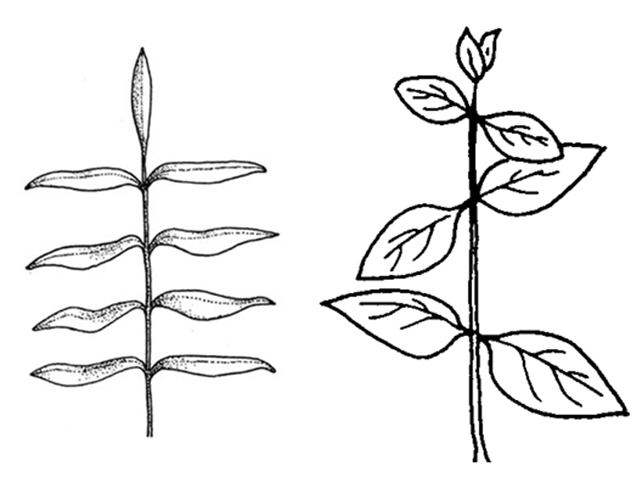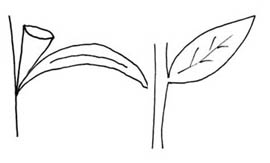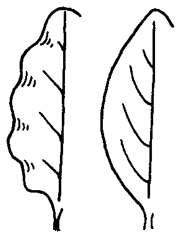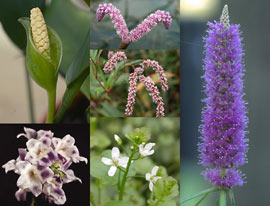Crassula L.
Australian swamp stonecrop, stonecrop, New Zealand pygmy weed
Crassulaceae
Dentella, Diodia, Microcarpaea
Crassula aquatica (L.) Schönland is native to North America.
C. helmsii (Kirk) Cockayne is native to Australia and New Zealand.
C. inanis Thunb. is endemicendemic:
(adj) restricted to a certain geographical location
to South Africa.
C. natans Thunb. is native to southern Africa.
Crassula helmsii (Kirk) Cockayne
Crassula helmsii is introduced into the United Kingdom.
Crassula helmsii is a serious environmental weed displacing native plant species in several countries.
emergent, attached stem plantstem plant:
(n) (a term used in the aquarium and pond plant trade) having an elongate stem (as opposed to a compact stem)
; creeping or ascending, forming a loose or sometimes tight mat-like stand
Perennial, rooting at nodes. Leaves fleshy, oppositeopposite:
(adj) (of leaves) two leaves per node; in pairs on opposite sides of an axis
 , decussatedecussate:
, decussatedecussate:
(adj) arranged along stem in pairs, with each pair at right angles to the pairs above and below
 , sessilesessile:
, sessilesessile:
(adj) attached directly, without a stalk
 ; leaf bladeblade:
; leaf bladeblade:
(n) (syn. lamina) the flat, expanded part of a leaf, frond, or petal (excluding, e.g., the petiole)
 linear to ellipticelliptic:
linear to ellipticelliptic:
(adj) in the form of an ellipse (oval)
 , venationvenation:
, venationvenation:
(n) the arrangement of veins in a leaf
indistinct; marginmargin:
(n) edge; rim
entireentire:
(adj) having a continuous margin that is not toothed or lobed
 . Inflorescenceinflorescence:
. Inflorescenceinflorescence:
(n) the arrangement of flowers on the floral axis
 axillaryaxillary:
axillaryaxillary:
(adj) in, of, or produced from an axil
, of solitary pedicellatepedicellate:
(adj) borne on a pedicel
flowers. Flowers bisexualbisexual:
(adj) having both male and female sexual reproductive structures on one individual or in one flower
, actinomorphicactinomorphic:
(adj) of flowers, having radial symmetry; capable of being bisected into identifical halves along more than one axis
; sepals 3-5; petals white, 3-5, or sometimes absent or reduced. Dispersal by stem fragments or seed.
shallow or clear water of streams, rivers, and lakes, particularly in temperatetemperate:
(adj) of the climatic zone between boreal and tropical
climates
Crassula is a very large genus of 209 species plus 76 subordinate taxa worldwide, with only four species being obligate aquatics. Only C. helmsii is cultivated for aquaria or ponds.